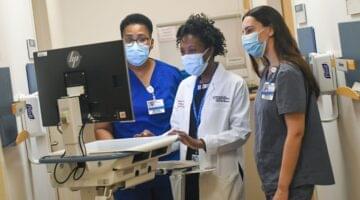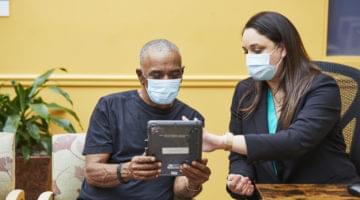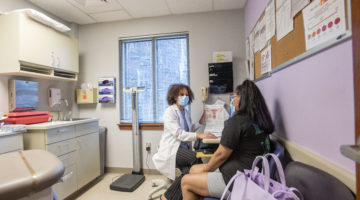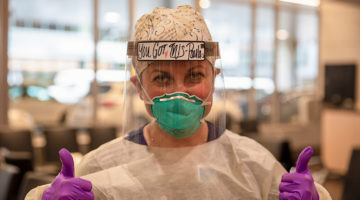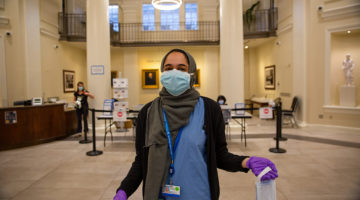
Brigham and Women’s Hospital (BWH) investigators have developed two approaches to increasing the use of penicillins and cephalosporins—highly effective antibiotics that are not as problematic as many alternatives—in hospitalized patients previously believed to be allergic to penicillin. Their report, which has been published online in the Journal of Allergy and Clinical Immunology, describes how both tested protocols—use of penicillin allergy skin tests or a computerized guideline and decision support tool—safely increased the use of penicillin and penicillin-related antibiotics in inpatients.
“In our Partners [Healthcare] system alone, we have more than 200,000 patients who carry this listed diagnosis in the electronic medical record,” says co-lead author Paige Wickner, MD, MPH, of the BWH Division of Rheumatology Immunology and Allergy and the Department of Quality and Safety.
In the study, inpatients with a recorded penicillin allergy who needed antibiotic treatment were screened for skin-test eligibility. Those with a history of more serious allergic reactions or those taking drugs that could interfere with skin testing were ineligible, and testing also required consent of the patient and the care team. Patients whose skin test was negative and safely tolerated an oral dose of amoxicillin—a form of penicillin in the same beta-lactam antibiotic class as cephalosporins—were determined not to be allergic.
“It is exciting to have safe and effective systems in place to improve the care of these patients when they are hospitalized,” Wickner says. “This study offered a unique opportunity to examine what strategy best serves inpatients who have this listed allergy.”


